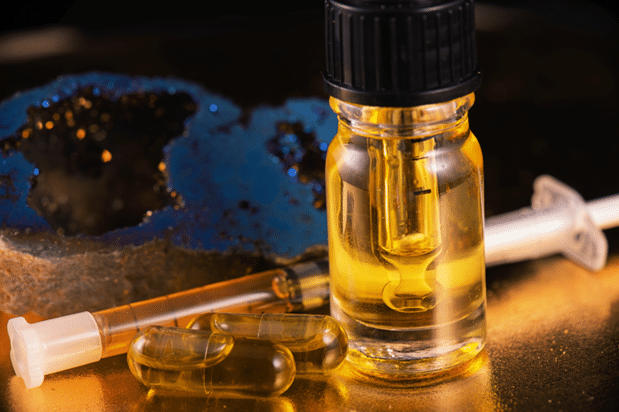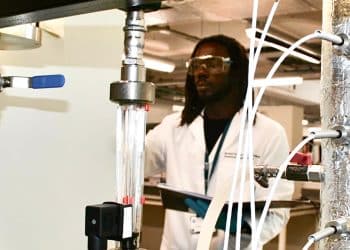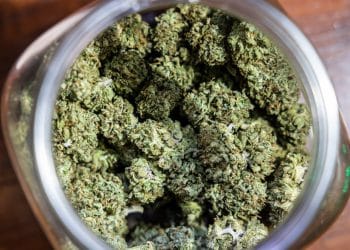Solvent extraction technology has advanced significantly in the last few years making the process efficient and producing excellent products. Let’s go back to the basics of this topic first to discuss the pros and cons of the main extraction processes.
Hydrocarbons
Hydrocarbons are non-polar compounds made only of carbon and hydrogen. They are almost all manufactured by the petrochemical industry and are derived from fossil fuels. For years’ people have extracted with light hydrocarbons like propane and butane since this solvent system produces fast extractions. The process is also selective for terpenes and cannabinoids meaning the possibility exists to prevent co-extracting unwanted compounds from the plant’s raw biomass.
While highly volatile and flammable, hydrocarbons are used because they evaporate easily and make recovering dissolved cannabinoids simple. The simplicity of getting rid of the solvent, due to their low boiling points, allows the resulting oil product to be versatile and enables the creation of multiple extract forms like “bubble hash” or “shatter.”
One unique characteristic is that there are a smaller number of variables to adjust meaning that the processor impacts the final extract less.The inability to tune various method parameters is one limitation of this process,and the other is that an extra step is required to remove the solvent from the product. The extra step is referred to as purging and often uses vacuum ovens and heat under deep vacuum conditions to eliminate the remaining solvent.Hydrocarbon extraction can also be extremely dangerous and is best done in a commercial production environment.
Supercritical Carbon Dioxide
Supercritical CO2 is also a non-polar solvent effective at extracting cannabinoids from cannabis biomass. It’s often run at atmospheric pressure using large quantities of compressed carbon dioxide. It’s an efficient extractor that strips everything from the plant and as a result winterization is required to obtain usable extracts. Winterization involves adding ethanol to the captured sludge from the supercritical CO2 extractor, then freezing this mixture such that undesirable by-products (like waxes) can be filtered out. The final step uses a rotary evaporator to remove the ethanol, enabling the recycling of the solvent.
Since CO2can cause asphyxiation, engineering controls are required in case of an accidental CO2 release. The tunability, however, gives the processor a different level of control on the final extract than any other process provides. This is because of the CO2’s unique property during the supercritical phase.
Altering the temperature and pressure conditions during the process allows the operator to modify the CO2 solvent characteristics. The extraction process can be designed to select the specific compounds that the developer wants. There’s no additional step to remove the solvent because it dissipates from the extraction as the extractor collects it.
Both processes have their positives and negatives, but as technology advances, the methods become safer and more efficient. Patients medicating with concentrates or extracts are the real winners because with technological enhancements and refined techniques, better, cleaner products will follow.













